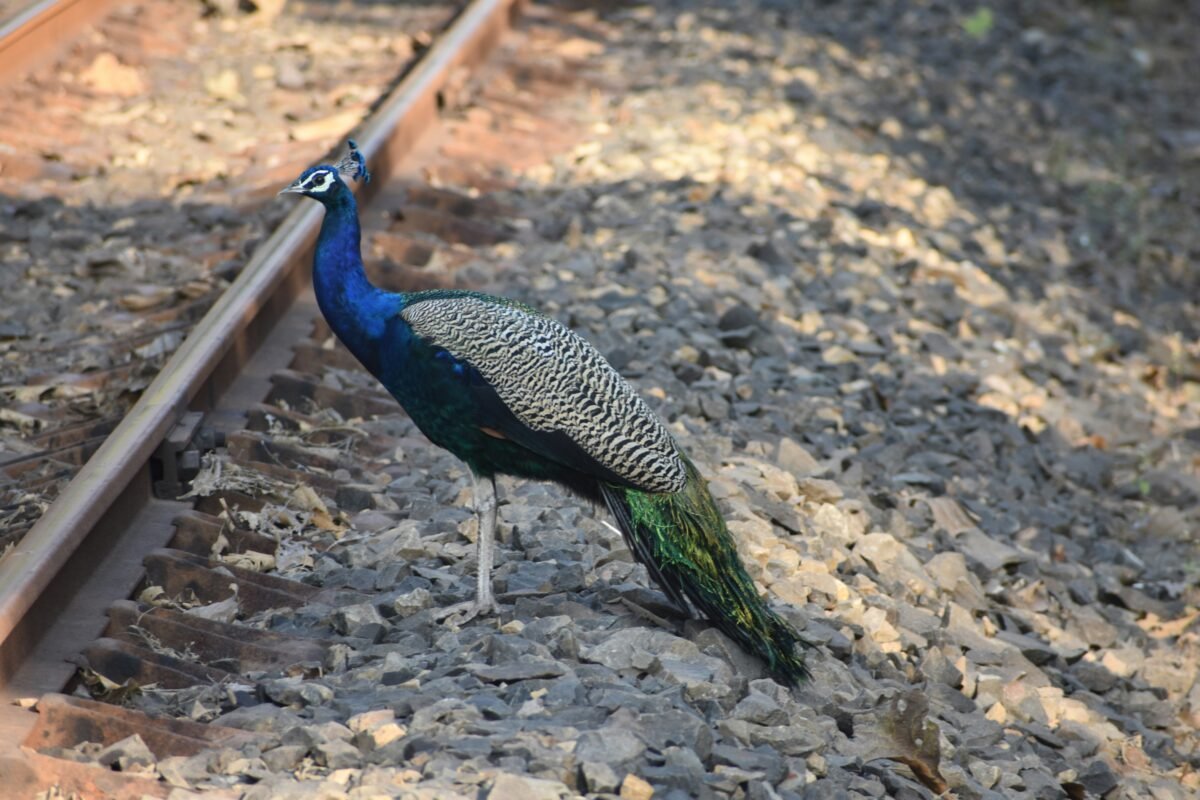Few experiences in India rival the thrill of a Wildlife Safari in Gir National Park. Nestled in the rugged terrain of Gujarat, Gir is the only place on Earth where the majestic Asiatic lion roams freely in its natural habitat. But Gir isn’t just about lions—it’s a biodiverse sanctuary teeming with leopards, hyenas, jackals, crocodiles, and over 300 species of birds. For wildlife enthusiasts, photographers, and nature lovers, a safari in Gir is not just a trip—it’s a pilgrimage into the heart of the wild.
Why Gir National Park Is Unique
Gir National Park, officially known as the Gir Forest National Park and Wildlife Sanctuary, spans over 1,400 square kilometers of dry deciduous forest, scrubland, and grasslands. It was established in 1965 to protect the endangered Asiatic lion, and today, it’s a global conservation success story.
Key Highlights
- Home to over 600 Asiatic lions—the only population in the wild.
- Rich biodiversity including leopards, striped hyenas, sambar deer, nilgai, and marsh crocodiles.
- Birdwatcher’s paradise with species like crested serpent eagles, paradise flycatchers, and painted storks.
- Unique terrain of teak forests, rocky hills, and riverine belts.
Wildlife Safari in Gir National Park: What to Expect
A Wildlife Safari in Gir National Park is a guided adventure through designated zones where wildlife sightings are frequent and landscapes are breathtaking. Safaris are conducted in open jeeps, accompanied by trained guides and forest officials.
Safari Timings
- Morning Safari: 6:00 AM to 9:00 AM
- Midday Safari: 9:00 AM to 12:00 PM
- Evening Safari: 4:00 PM to 7:00 PM
Each safari lasts approximately 3 hours and covers different zones of the park, increasing your chances of spotting diverse wildlife.
Safari Types
- Gir Jungle Trail: The main safari route inside the core forest area.
- Devaliya Safari Park: A fenced interpretation zone offering quick glimpses of lions and other animals—ideal for short visits or when jungle permits are sold out.
Booking Your Wildlife Safari in Gir National Park
All safari permits are issued online by the forest department. It’s highly recommended to book well in advance, especially during peak season (October to March).
Booking Steps
- Choose your preferred date and time slot.
- Select the safari type (Gir Jungle Trail or Devaliya).
- Enter traveler details and ID proof (Aadhaar, passport, etc.).
- Make payment to confirm your booking.
Safari Costs (Indicative)
| Vehicle Type | Indian Nationals | Foreign Nationals |
| 6-Seater Jeep | ₹6,200 | ₹16,700 |
| 8-Seater Jeep | ₹7,700 | ₹18,700 |
*Prices include permit, guide fee, and entry charges. Pick-up/drop from hotels is usually extra.
Wildlife You May Encounter
While the Asiatic lion is the star attraction, Gir’s ecosystem supports a wide array of species.
Mammals
- Asiatic Lion: Often seen resting under trees or patrolling trails.
- Leopard: Elusive but frequently spotted in rocky zones.
- Striped Hyena: Nocturnal scavenger with a haunting call.
- Golden Jackal: Agile and often seen in packs.
- Chital and Sambar Deer: Common prey species, often seen grazing.
Reptiles
- Marsh Crocodile: Found near water bodies like Kamleshwar Dam.
- Monitor Lizard: Often spotted sunbathing on rocks.
Birds
- Indian Pitta
- Crested Serpent Eagle
- Painted Sandgrouse
- Paradise Flycatcher
- Flamingos and Pelicans (seasonal visitors)
Best Time for Wildlife Safari in Gir National Park
- October to March: Pleasant weather and high wildlife activity.
- April to June: Hot but excellent for lion sightings near waterholes.
- July to September: Park closed for monsoon and breeding season.
Sample 3-Day Safari Itinerary
Day 1
- Pickup from Rajkot or Junagadh.
- Check-in at a jungle resort near Sasan Gir.
- Evening safari into lion territory.
- Dinner and overnight stay.
Day 2
- Early morning safari for birdwatching and predator tracking.
- Breakfast and leisure time.
- Afternoon nature walk or visit to Devaliya Safari Park.
- Evening safari for golden hour photography.
- Cultural show and dinner.
Day 3
- Final morning safari.
- Breakfast and checkout.
- Optional visit to Somnath Temple or Junagadh Fort en route back.
Tips for a Successful Safari
- Dress Smart: Earth-toned clothes, closed shoes, hat, and sunglasses.
- Carry Essentials: Water bottle, binoculars, camera, and ID proof.
- Follow Etiquette: No loud noises, littering, or flash photography.
- Stay Alert: Listen to your guide and keep your eyes peeled—wildlife can appear suddenly.
Where to Stay
Gir offers a range of accommodations from budget lodges to luxury jungle resorts.
- Budget: Forest guesthouses, homestays.
- Mid-range: Eco-resorts with basic amenities.
- Luxury: Safari-themed resorts with pools, spas, and curated experiences.
Most packages include meals, safari permits, and transfers.
Sustainable Safari Practices
Wildlife Safari in Gir National Park is not just about adventure—it’s about conservation. Visitors are encouraged to:
- Support local communities and tribal artisans.
- Avoid plastic and use eco-friendly gear.
- Respect wildlife and maintain silence during sightings.
- Choose certified eco-resorts and responsible tour operators.
Final Thoughts
A Wildlife Safari in Gir National Park is a journey into the wild heart of India. Whether you’re watching a lion emerge from the thickets, spotting a leopard on a rocky outcrop, or listening to birdsong at dawn, Gir offers moments that stay with you forever. It’s not just a safari—it’s a celebration of nature, resilience, and the thrill of the unknown.


